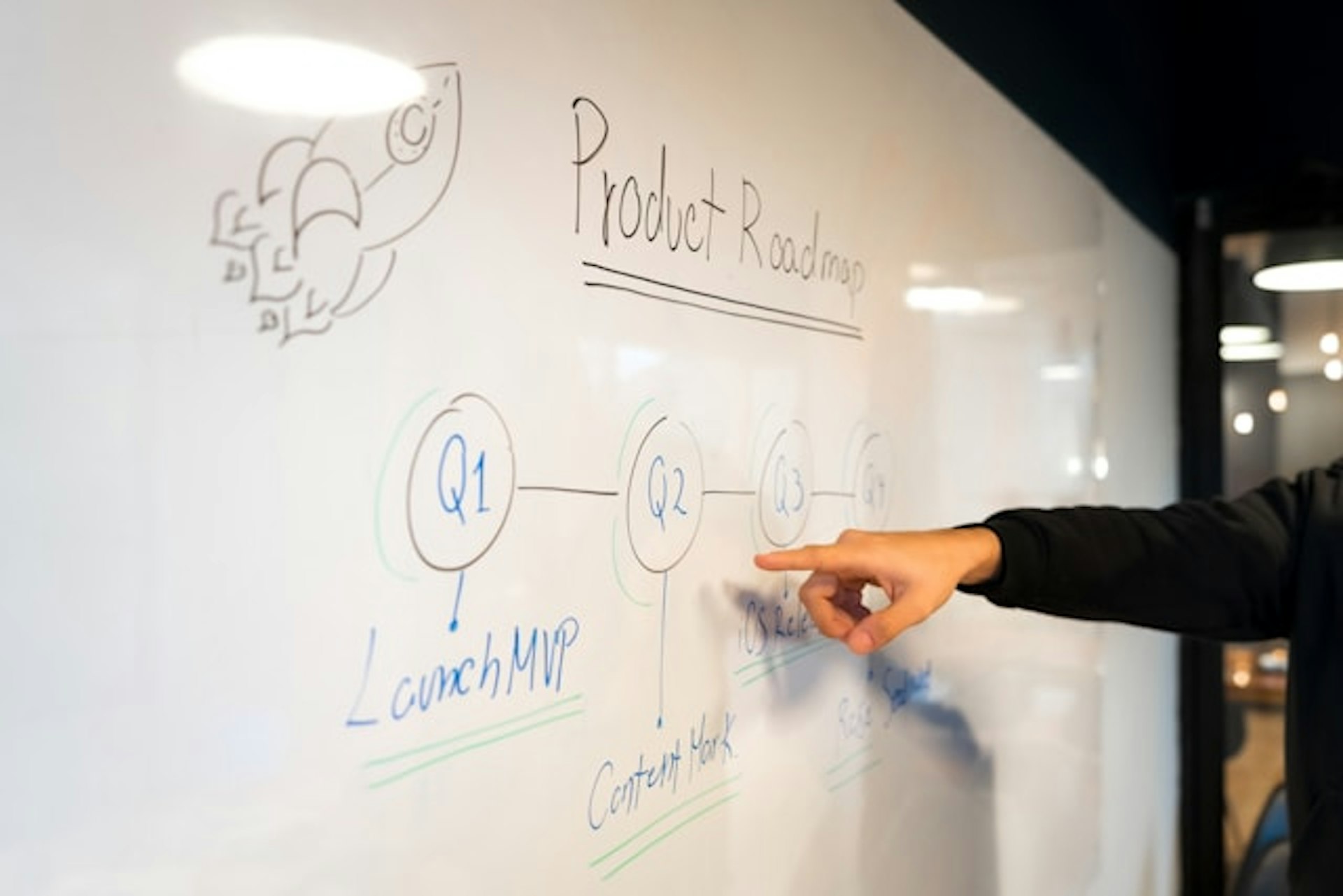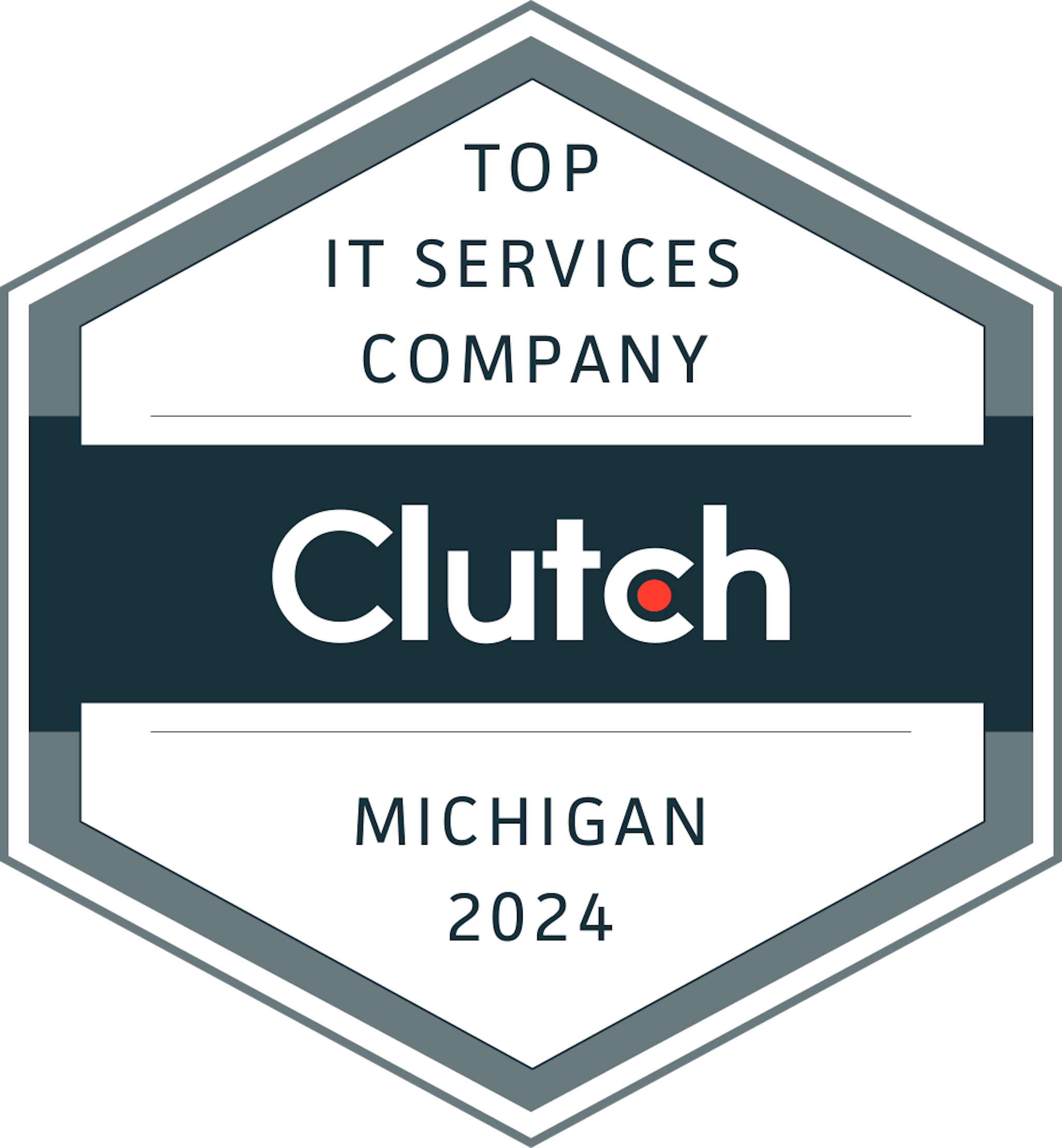Expert IT Consulting: Enhance Business Operations Now
In the rapidly evolving world of technology, companies that fail to streamline their IT capabilities risk falling behind more technically agile competitors. The growing complexity of IT ecosystems poses significant challenges that necessitate strategic intervention.
Enter the realm of specialized IT consulting, a critical service for businesses aiming to optimize operations.

In the rapidly evolving world of technology, companies that fail to streamline their IT capabilities risk falling behind more technically agile competitors. The growing complexity of IT ecosystems poses significant challenges that necessitate strategic intervention.
Enter the realm of specialized IT consulting, a critical service for businesses aiming to optimize operations.
As of the knowledge cutoff in 2023, adopting advanced IT consulting strategies has become a non-negotiable for entrepreneurs keen on achieving financial prosperity, ensuring that systems are not just operational, but optimally configured for both present and future needs.
Assessing Your IT Landscape
A comprehensive examination of your IT environment is critical, as it lays the foundation for strategizing improvements. This involves identifying current infrastructure components, software applications, network architectures, and key areas of data management. Such an assessment must also account for regulatory compliance, cybersecurity protocols, and potential scalability to meet future business demands.
This assessment should result in a detailed map of your IT strengths and weaknesses, offering a clear path forward for technology enhancements that support business objectives and operational efficiencies. It becomes the cornerstone of a robust IT strategy, driving growth and innovation.
Identifying Bottlenecks
Strategic IT consultancy hinges on the precise identification of inefficiencies within technological workflows and processes.
Optimizing an IT system often begins by spotlighting areas where workflow is impaired, granting valuable insights for immediate improvements.
Locating the chokepoints in your IT infrastructure is an intricate task that requires an expert understanding of the interplay between software and hardware, as well as organizational operations and demands.
Overcoming identified bottlenecks not only advances system performance but also fortifies the foundation for scalable growth, aligning with strategic business objectives and fostering enhanced productivity.
Aligning IT with Business Goals
Effective IT alignment requires precise synchronization with your company’s strategic objectives.
- Identify Key Business Objectives: Clear articulation of your strategic goals ensures IT initiatives are targeted for maximum impact.
- Conduct a Gap Analysis: Assess the current IT capabilities versus the future state needed to achieve business goals.
- Develop an IT Roadmap: Such a plan should prioritize projects based on their strategic importance and resource requirements.
- Institute a Governance Framework: To ensure ongoing alignment, establish policies that guide IT decisions in conjunction with business strategy.
- Measure and Adjust: Regularly review IT performance metrics against business outcomes to confirm alignment and adjust the strategy as needed.
Embrace a culture of continuous improvement within your IT strategy.
Technological agility is key to staying competitive and achieving business milestones efficiently.
Streamlining IT Operations
Achieving a streamlined IT landscape necessitates a meticulous approach toward the consolidation and harmonization of technological systems. This involves critically reviewing current infrastructure and software applications to identify redundancies and inefficiencies. By pruning unnecessary components and optimizing resource allocation, businesses can create a more nimble IT environment that adapts swiftly to changing demands, while reducing operational overhead.
In the quest for operational fluidity, implementing automation is akin to harnessing a powerful current in the vast ocean of IT processes. Wherever repetitive and routine tasks abound, automation brings consistency and speed, freeing up valuable human talent to concentrate on strategic initiatives. It's an intricate dance of technology and process refinement, but when executed with precision, automation becomes a catalyst for unparalleled efficiency, allowing the business to respond with agility to new opportunities and challenges.
Implementing Automation
Automation's primary goal is to replace manual, time-consuming tasks with intelligent and responsive systems. This strategic shift greatly enhances operational efficiency, mitigating the risk of human error and increasing overall productivity. When done thoughtfully, automation streamlines workflows, resulting in a significant competitive advantage.
Incorporating automation requires a judicious selection of tools and platforms. These must align with the business's core processes and strategic aims to ensure they deliver value without causing disruption. It is essential that these tools integrate seamlessly with existing infrastructure to maintain continuity and prevent the creation of new silos.
The journey towards effective automation should commence with small, manageable projects. These pilot programs provide critical insights and lessons learned, forming a template for larger-scale endeavors. It is through these incremental steps that an organization can refine its automation strategies to meet its unique needs, carefully balancing the human element with technological capabilities.
Intelligent automation solutions are not simply a matter of technology; they also necessitate cultural and process changes within the organization. As businesses embrace these solutions, they become well-equipped to adapt to market dynamics and customer expectations. The resulting agility empowers companies to not just cope with digital transformation, but to lead it, positioning them at the forefront of innovation and efficiency. This requires a cross-functional effort, as buy-in from all stakeholders ensures that automation is leveraged to its full potential.
Adopting Agile Methodologies
Innovation requires adaptability, and Agile methodologies personify this principle. These frameworks allow organizations to react and adapt to changes rapidly, promoting continuous improvement and collaboration.
Since their inception, Agile methodologies have revolutionized software development. They prioritize customer satisfaction and operational flexibility, using iterative development to deliver high-quality outputs. This contrasts with waterfall models that are typically more rigid and linear.
Effective Agile implementation hinges on cross-functional teams working in short cycles, known as sprints. This facilitates a dynamic environment where versatility thrives, allowing for rapid pivots based on real-time feedback and changing requirements.
Moreover, Agile practices encourage active stakeholder involvement throughout the project lifecycle. This ensures that final deliverables are truly aligned with user needs and business objectives, drastically reducing time-to-market and fostering innovation.
Embracing Agile is more than a strategic move; it's a cultural transformation. Companies that adopt Agile position themselves to outpace competitors and achieve unrivaled market responsiveness.
Dissecting the project into molecules
Get a clear timeline

Just as meticulously planning each aspect of a large-scale event ensures its success, breaking down an IT project into a clear timeline is crucial. By delineating tasks into manageable stages with defined deadlines, project managers can allocate resources effectively, manage dependencies, and mitigate risks.
This approach fosters accountability, efficiency, and transparent communication among team members and stakeholders. It serves as a roadmap for monitoring progress, making adjustments, and ensuring the project stays on track to achieve its objectives within the allocated timeframe. In essence, a clear timeline enhances project management effectiveness, minimizes uncertainties, and maximizes the likelihood of success in today's dynamic business landscape.
Emphasizing Cybersecurity Measures
A robust cybersecurity posture is indispensable, acting as the safeguard of proprietors' digital assets and intellectual properties. With malicious threats evolving, a vigilant approach is tantamount to business continuity and reputation management.
In today's digital ecosystem, embracing advanced cybersecurity frameworks (such as NIST and CIS Controls) is critical to shield businesses against sophisticated threats. Implementing robust detection and response systems is equally vital to mitigating risks before they escalate into full-blown security breaches.
The mantra “prevention is better than cure” holds true, particularly within the digital realm. Prioritizing cybersecurity fortifies a company’s defenses against the ever-present threat of cyber attacks.
Prioritizing Data Protection
In the realm of IT consulting, safeguarding data must be paramount, functioning as both a shield and strategic asset.
- Risk Assessment: Thoroughly analyzing potential vulnerabilities to guide protective measures.
- Encryption Protocols: Applying robust encryption to secure data at rest and in transit.
- Access Controls: Limiting data access to authorized personnel to minimize the risk of breaches.
- Regular Audits: Conducting frequent security audits to ensure ongoing compliance and security.
- Incident Response Plan: Establishing a clear protocol for addressing data breaches promptly and effectively.
Implementing these strategies fortifies data against unauthorized access and exploitation.
Acknowledging the ever-evolving nature of cyber threats, maintaining vigilant, updated data protection protocols is critical.
Regular Security Audits
Regular security audits serve as a critical checkpoint for systemic vulnerabilities and compliance lapses within an organization's network.
They offer insights into potential security gaps requiring immediate rectification.
In conducting these evaluations, IT consultants deploy a range of methodologies to dissect and analyze the security infrastructure, looking for discrepancies that could signify points of weakness or oversight.
A comprehensive security audit typically encompasses an examination of security policies, systems, networks, and controls, assessing their effectiveness against current threats. It connects the dots between investment in security and the tangible outcomes, reinforcing the principle that regular checkups are not a luxury but a necessity. Regular audits unearth latent issues and guide the reinforcement of defenses, curating a security posture responsive to the evolving digital landscape.
Measuring Success and ROI
In the realm of IT consulting, the measurement of success emanates from the alignment with strategic business goals. This alignment positions IT as a leverage point for growth and innovation.
It is crucial to quantify the value IT initiatives bring to the table. The return on investment (ROI) must be scrutinized in the context of operational efficiency gains, reduced business risk, and the acceleration of strategic objectives. These metrics serve as the barometers of a successful IT engagement.
The maxim "what gets measured gets managed" holds particularly true in assessing IT consulting outcomes. A concrete grasp on ROI indicators fortifies the rationale for IT investments and strategy shifts.
Key Performance Indicators (KPIs)
Key Performance Indicators are pivotal for gauging IT efficacy. They crystallize abstract concepts into measurable entities.
In IT consulting, KPIs bridge the gap between strategy and execution. They render an objective assessment framework, crucial for strategic alignment and refinement.
Effective KPIs must align with business objectives, providing a transparent view into IT’s contribution to organizational success. They are the lifeblood that informs decision-making and strategic pivoting.
Tailoring these indicators to the unique contours of your business ensures relevance. These bespoke metrics then become invaluable tools in benchmarking performance and driving continuous improvement.
Through rigorous KPI analysis, IT consulting transcends traditional support to become an engine of innovation and competitive advantage.
Continuous Improvement Strategies
Iterate to achieve perpetual enhancement.
Consulting in information technology emphasizes a philosophy of constant evolution and refinement. Continuous Improvement Strategies harness this ethos, equipping organizations to adapt dynamically in a rapidly changing digital landscape. Within this framework, iteration is not an occasional occurrence but a fundamental operating principle. Thus, refinement becomes integral to the fabric of enterprise operations.
Adopt the cadence of relentless progress.
Consistency in application is paramount in Continuous Improvement Strategies. By fostering a culture of regular inspection and adaptation, organizations can identify inefficiencies and respond promptly. This agility translates to a sustained competitive edge, culminating in a cycle of perpetual optimization and value maximization.
Lean into the data-driven decision-making.
Advancements in data analytics now afford precision in identifying areas for improvement. Metrics serve as a compass guiding the iterative journey, streamlining processes and enhancing service delivery. In this regard, the investment in cutting-edge analytics tools becomes non-negotiable.
Strategize, implement, evaluate, and repeat.
This methodology anchors on a cycle of strategy formulation, tactical implementation, rigorous evaluation, and iterative refinement. Continuous Improvement Strategies demand an unwavering commitment to this loop, ensuring that every adjustment is a calculated step towards refinement and excellence. The cycle’s repetition is not redundancy but rather the pulse of innovation.
Elevate performance through incremental advancements.
Ultimately, the journey of continuous improvement is incremental and strategic. Each step forward is informed by previous learnings, lending itself to methodical advancements rather than haphazard changes. As the calendar turns to 2023, businesses that embed Continuous Improvement Strategies within their framework are positioned to outpace those that operate on static plans, thereby securing a future defined by agility, resilience, and relentless advancement.




















